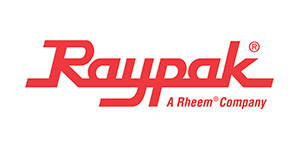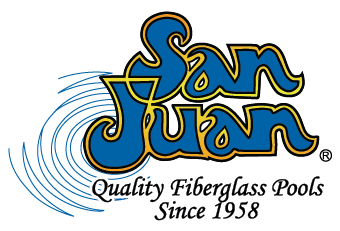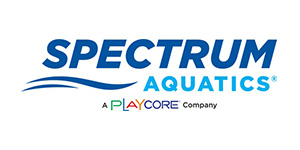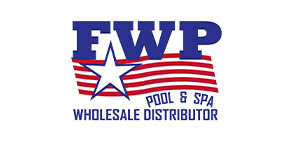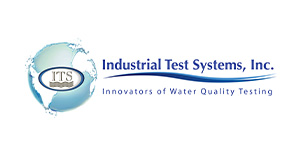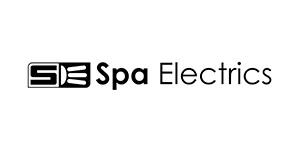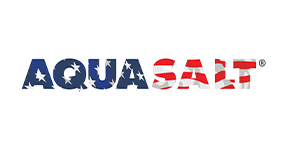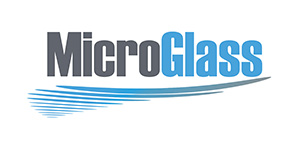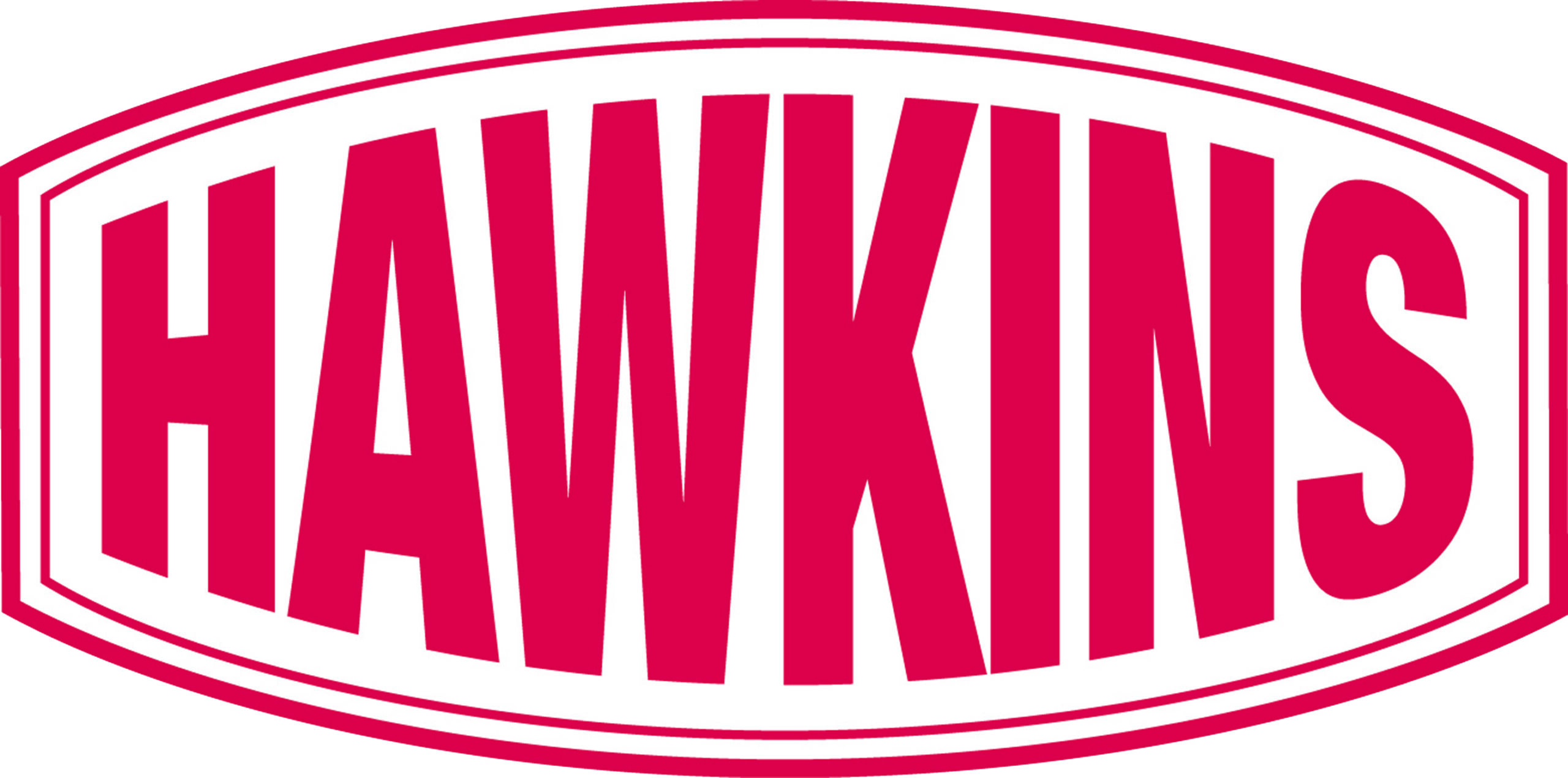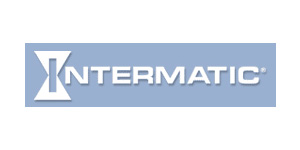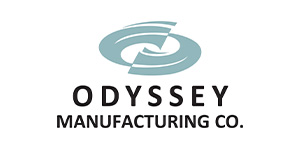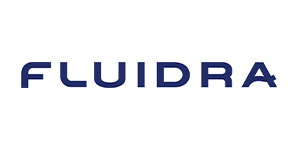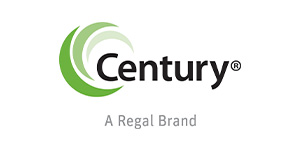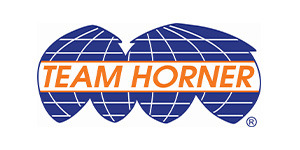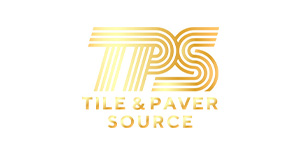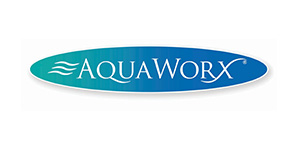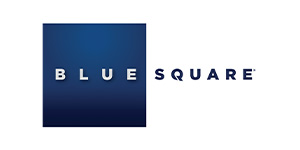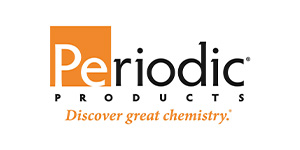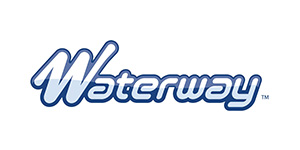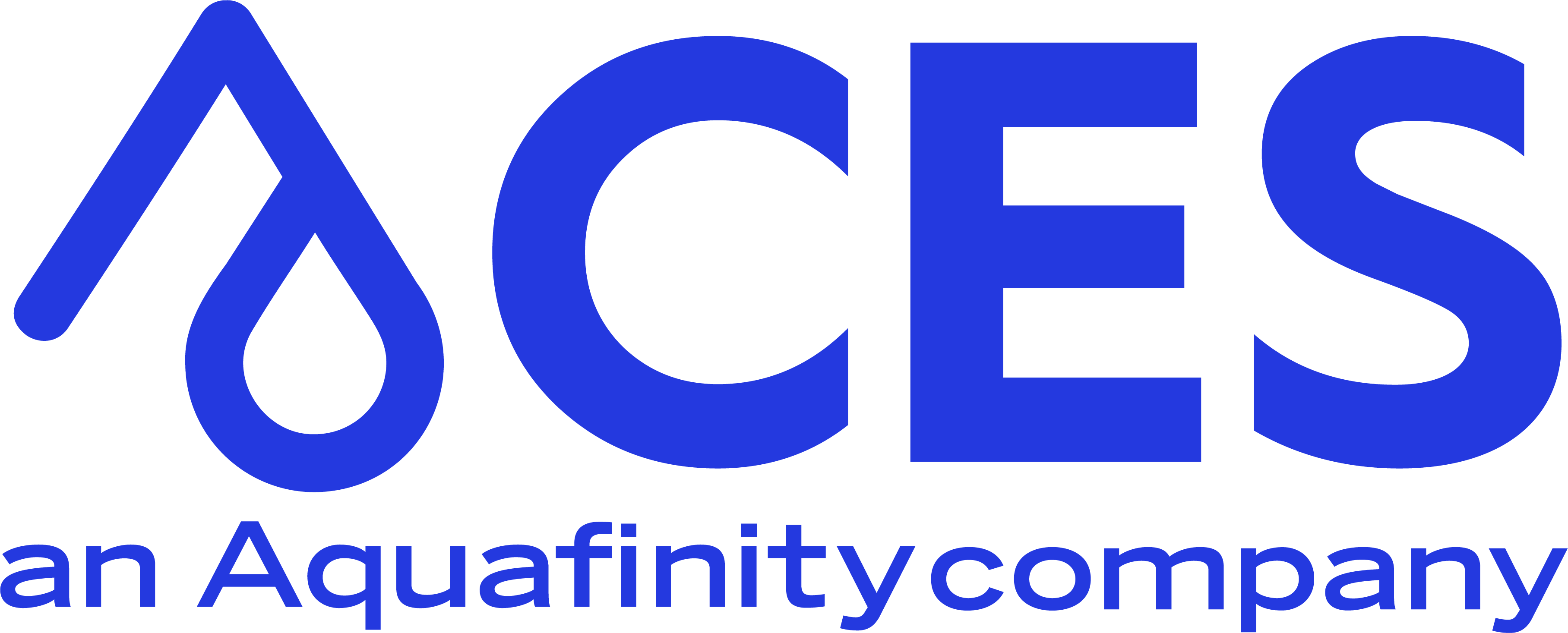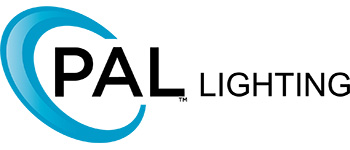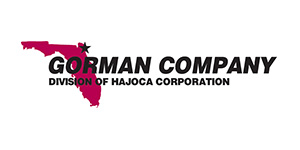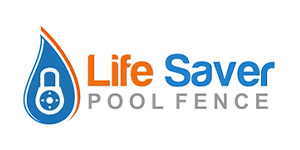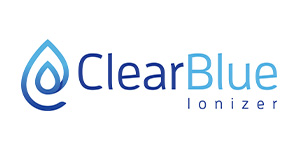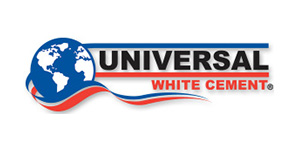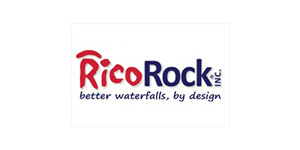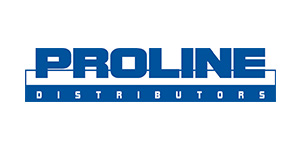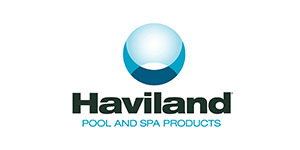By Todd Koonts, SPIES Pool / todd@spiespool.com
What is Legionella and why do we seem to be hearing more about it being found in spas, spray features or fountains?
Legionella is a germ that can cause a type of pneumonia called Legionellosis, more commonly known as Legionnaire’s Disease. Legionnaire’s often mimics the symptoms of pneumonia or even cold or flu, so it can be hard to diagnose. Signs include a cough, shortness of breath, high fever, muscle aches, headaches, chills and diarrhea.
In nature, Legionella can live in fresh water and rarely cause illness. In a manmade setting, Legionella can grow if water chemistry is not properly maintained. Common sources of infection of Legionnaire’s disease are often associated with large or complex water systems like those found in hospitals and cruise ships, water used for showering (potable water), cooling towers (A/C systems), decorative fountains and recreational bodies of water.
People can get Legionnaire’s Disease when they breathe in mist or by accidentally swallowing water containing Legionella into their lungs. In aerated water, Legionella can become trapped in the bubbles or mist from the aeration. When the bubbles break the surface, they burst and release fine droplets that contain the bacteria. People in the vicinity inhale the airborne droplets into their lungs, where the bacteria produce an infection.
Those at increased risk are adults over 50 years or older, current or former smokers and people with a weakened immune system or chronic disease.
In the United States, reported cases of Legionnaire’s Disease have grown by nearly four and a half times since 2000 resulting in the hospitalization of between 8,000 to 18,000 people every year. It is unclear whether this increase is due to increased awareness of the disease and testing, increased susceptibility of the population, increased Legionella in the environment or some combination of factors.
With an increase in the number of reported cases, insurance companies that insure pool contractors have also seen an increase in the number of claims regarding Legionella in the last few years.
Indoor spas and aerated water in confined spaces like indoor fountains are the most common reported sources of Legionella for recreational bodies of water. Maintaining proper water chemistry in spas can be harder and provide additional problems due to higher water temperatures and smaller size compared to a swimming pool. Although seldom practiced, when it comes to maintaining a healthy spa, the most cost effective way is to drain and refill the spa daily with fresh water. It costs less than $10 a day for an average size spa which is cheap insurance compared to a Legionella claim.
There are several types of equipment available to sanitize the water
including UV and Ozone (which are expensive and complicated) but the most cost effective method to maintain healthy water chemistry is an automated chemical controller.
An automated chemical controller is designed to constantly test the water chemistry and automatically makes adjustments as needed by feeding sanitizer and PH control chemicals. Most chemical controllers will do an average job of maintaining good water chemistry but the better choice is to install a chemical controller that can remotely monitor these readings.

